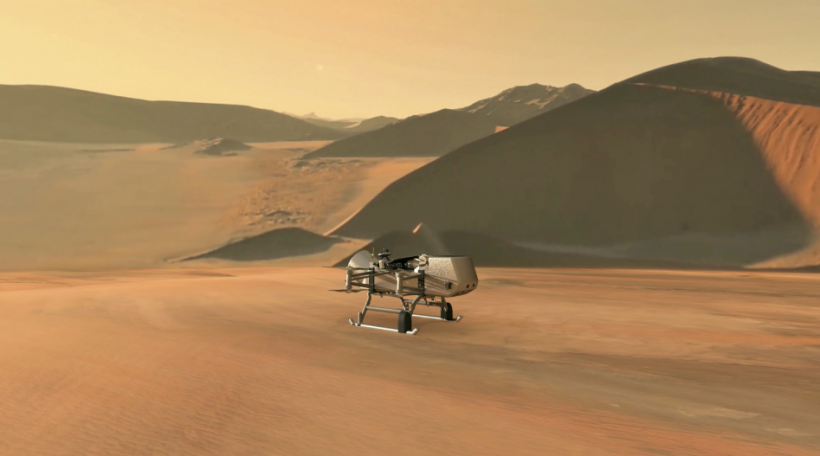In a recent study led by University of Western Ontario astrobiologist Catherine Neish, a team of researchers challenged previous beliefs about the possibility of life on Saturn's largest moon, Titan.
The study, published in the journal Astrobiology, reveals new information about Titan's subsurface ocean, including a startling truth that could reshape our understanding of habitability beyond Earth.

The Possibility of Life on Titan
Titan's icy surface and methane-rich atmosphere have captured the interest of scientists for years. It has been hailed as a potential habitat for life, with its subsurface ocean regarded as a promising environment.
NASA accounts that the Cassini spacecraft's numerous gravity measurements of Titan revealed that the moon contains an underground ocean of liquid water possibly mixed with salts and ammonia.
The European Space Agency's Huygens Probe also detected radio signals during its descent to the surface in 2005, indicating the presence of an ocean 35 to 50 miles beneath the icy ground.
Read Also: NASA Launches New Mission to Study Ultraviolet Sky, Stars, and Stellar Explosions
Latest Research Disproves Previous Claims
The study focuses on the transfer of organic molecules from Titan's surface to its subsurface ocean, which is critical for life. Using data from impact craters, the team calculated the flow rate of water carrying these organics, emphasizing glycine, the most basic amino acid required for life.
What they discovered was unexpected. Despite Titan's high organic content, the transport of glycine and other essential molecules to its subsurface ocean is severely limited.
In fact, Neish estimates that only a small amount of glycine, equivalent to the mass of a male African elephant, is transferred each year. This meager supply is insufficient to sustain life in the vast ocean beneath Titan's icy crust.
The implications of these findings are profound. They cast doubt on the habitability of Titan's subsurface ocean and, by extension, dampen hopes of finding extraterrestrial life within our solar system.
Neish notes, "The scientific community has been very excited about finding life in the icy worlds of the outer solar system, and this finding suggests that it may be less likely than we previously assumed."
The study also raises questions about the habitability of other icy moons in the solar system. Titan's abundant organic material sets it apart, yet its inability to support life challenges assumptions about similar environments on moons like Europa and Enceladus.
Despite the setback, the exploration of Titan continues. NASA's Dragonfly mission, set to launch in 2028, aims to send a robotic rotorcraft to the moon's surface to study its chemistry.
While the subsurface ocean may not be habitable, Neish emphasizes the importance of exploring Titan's surface for insights into prebiotic chemistry and the potential origins of life.
Stay posted here at Tech Times.
Related Article: NASA's Hubble Space Telescope Captures a Dreamy Stellar Nursery in the Milky Way









